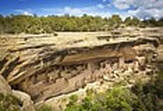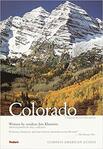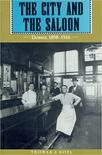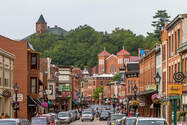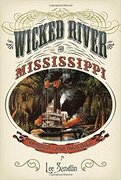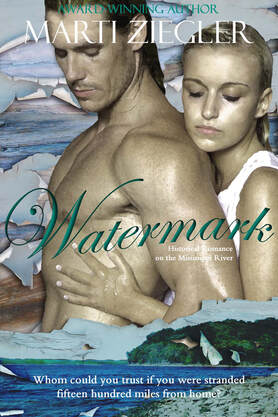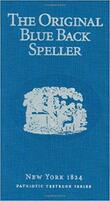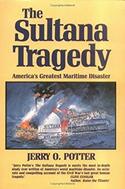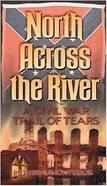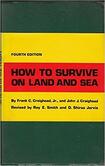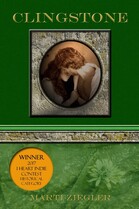I may write romance, but I don't romanticize history! Well, not too much anyway (my heroes and heroines possess all their teeth, so there is that). I swoon over research: historically accurate slang, the asking price for a team of mules, and how long it took to travel 280 miles by train during the American Civil War are my nerdy bliss. If you admit to a similar dorky fascination with the preceding, then this page is for you!
Watermark
Clingstone
Copyright © 2016-2023 Marti Ziegler


